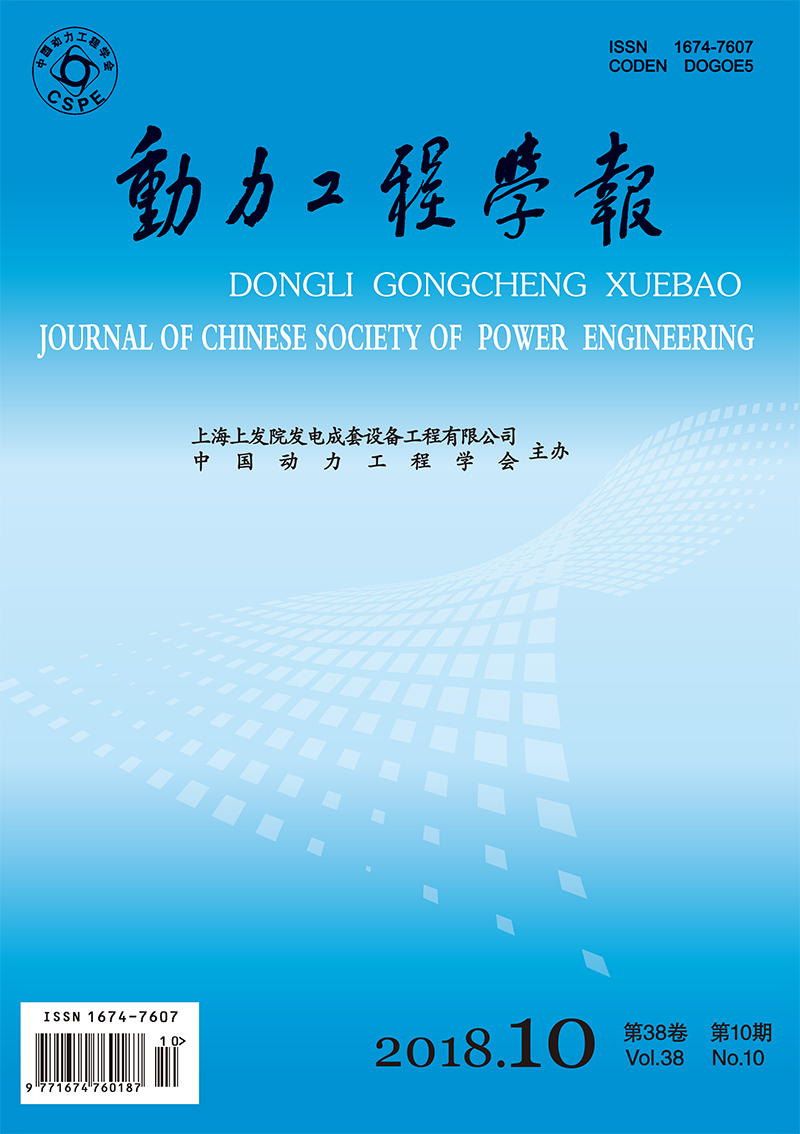SHI Zhenbin, LAI Xianhong, XIANG Changhong, YANG Xiaochuan, YANG Huachun, PENG Zhifang, CHEN Fangyu
2018, 38(10): 855-860.
Hardness and Charpy energy absorption of two 617B alloys with different contents of C, Al and Ti were investigated after being aged at 750℃ for 5 000, 7 500 and 10 000 hours, respectively. The microstructures were observed by OM, SEM and TEM, while their phase parameters were determined with the use of SEM/TEM-EDS+MPST(multiphase separation technology). Results show that compared with high Al/Ti-containing alloy B, the impact value of high C-containing alloy A is relatively samller with M23C6 phase continuously distributed along the finer grain boundaries after solution heat treatment. After being aged for 5 000-10 000 hours, alloy A with a relatively low volume fraction of γ' phase basically keeps its hardness unchanged due to the existence of multiphase microstructure of very fine M23C6 and γ' particles distributed throughout the grain interiors; whereas alloy B with a relatively high volume fraction of γ' phase has a significantly reduced hardness due to the lack of multiphase miscrostructure of M23C6 and γ' particles in the vicinity of grain boundaries. With the rise of aging time, the amount of M6C phase increases slightly on the grain boundary of alloy A, while that of γ' phase increases evidently on the boundary of alloy B, resulting in obviously reduced energy absorption of alloy B. In brief, the precipitates scattered along the grain boundary influence the grain size and then determine the impact energy absorption of the alloy. In addition, the multiphase microstructure of M23C6 and γ' particles distributed throughout the grain interiors helps to keep the alloy hardness unchanged. It is evident that the contents of C, Al and Ti play a decisive role in the orignation and development of above phenomena.
